Note
Please talk more about why it's important I also learn about South Asian art to understand the Persian and Central Asian art history more better~
Let’s talk about the Mughals.
The Mughals were a dynasty of emperors who ruled much of the Indian subcontinent from the 16th to 18th centuries. They were Muslim rulers of Central Asian origin, but they ruled over a vast and incredibly culturally diverse population in India. Their court was a meeting-point of worlds, nestled between the Persian Safavid Empire and the Turkic Ottoman Empire, as one of the so-called powerful ‘Gunpowder Empires’ of the era. These regions were in conversation with each other for centuries, and their artists, ideas, and aesthetics moved across borders far more fluidly than many people today, especially those culturally removed from its heartland, ever realise.
The founder of the Mughal Empire is conventionally said to be Babur, who was descended from Tamerlane on one side and Genghis Khan on the other—so you can see already how this cultural heritage spans practically the whole of the Asian continent. Babur grew up deeply steeped in Persianate culture, and even though he spoke a Turkic language natively, the elite literary, artistic, and intellectual language of his entire world was Persian, as it had been for centuries in Central Asia, stretching back as far as the Samanids and Seljuks. Persian was the language of scholarship and literature across vast swathes of the Islamic world, from Anatolia and the Caucasus to Central and South Asia, and cities like Samarkand, Bukhara, and Herat were dazzling centres of Persian culture, even though they now lay outside the borders of today’s Iran.
This is why the Mughals, even after they established their empire in the Indian subcontinent, retained Persian as their court language, and Persian aesthetics—in painting, poetry, architecture, garden design, jewellery, and even cooking—remained their absolute cultural blueprint. Persian was the language of elite high culture in Asia at the time, and Mughal rulers saw themselves as part of that cultural and aesthetic continuum. They consciously imported Persian artists, calligraphers, poets, and manuscript makers, often trained in Herat, Shiraz, or Bukhara, to serve as imperial painters and illuminators, and Mughal jewellery drew heavily on Safavid styles of symmetry, naturalism, and opulence.
As such, if you’re studying a Safavid miniature, and then see a Mughal painting from Akbar’s atelier, you’re witnessing a direct line of influence; if you’re studying enamelled or gem-set jewellery from Central Asia, you’ll also find the exact same techniques refined in Delhi, Agra, and Lahore; if you’re looking at Timurid architecture, you’ll see a parallel in Mughal tombs and gardens, because they were deeply inspired by Timurid models (e.g. the Guri Amir and Shah-i-Zinda). Persian → Timurid → Mughal is a real historical and visual continuum, and though they are distinct traditions and treated separately, learning about the Mughals gives you a contextually crucial picture of how Persianate art evolved and flourished in new environments.
Mughal art is Indian in setting, and it absolutely did develop its own visual character and bring in local styles, materials, and motifs, but it was built on a Persian aesthetic and ideological framework, and stands apart quite distinctly from other periods of South Asian art history for this precise reason. If you’re learning about Persian and Central Asian jewellery, and don’t include the Mughal world, you’re missing so much of the story; not just a footnote, but a whole golden, beautiful chapter. It would be a little like studying French art and skipping the Renaissance, since the Mughal world didn’t just borrow Persian forms, but translated them across an entire subcontinent, and studying it helps us to understand how Islamic art historically evolved far outside the geographical borders of Iran, into India, Bengal, and Central Asia, and continued to thrive in new, beautiful traditions.
1 note
·
View note
Note
I’m interested in learning about art and historical/antique jewelry, especially pieces from a range of cultures, artists, traditions, and backgrounds across South American, African, Middle Eastern, Central Asian, and other Asian contexts - from ancient to modern times. Would you please give me some advice on where to begin? I’d appreciate recommendations for websites, articles, or books etc (If there are books I cannot find for free online it's okay you can recommendations those too I'll try buy them)
Since it’s a broad topic, I’d like to start by focusing on Persian, Central Asian, and Chinese art and jewellery. Could you also advise me on how to narrow this down? I honestly feel so overwhelmed and don’t know where to begin - such as what eras, artists, or styles to explore first. I’ve never learned about art before; I’ve only watched some random YouTube videos. So *I’m a complete amateur* when it comes to the art world. 🌷𖹭
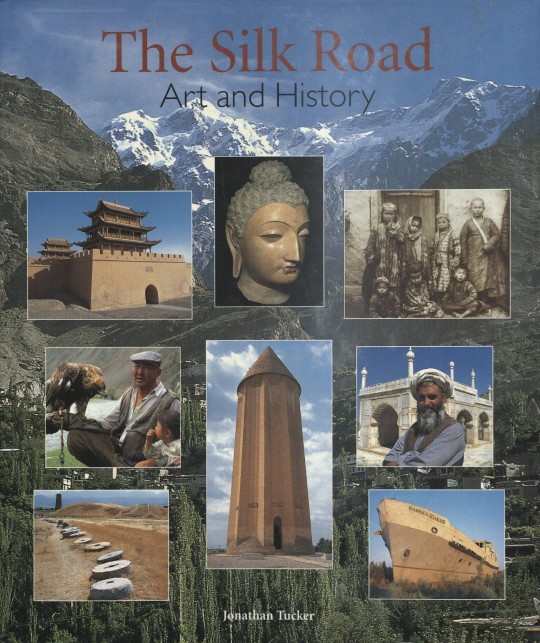
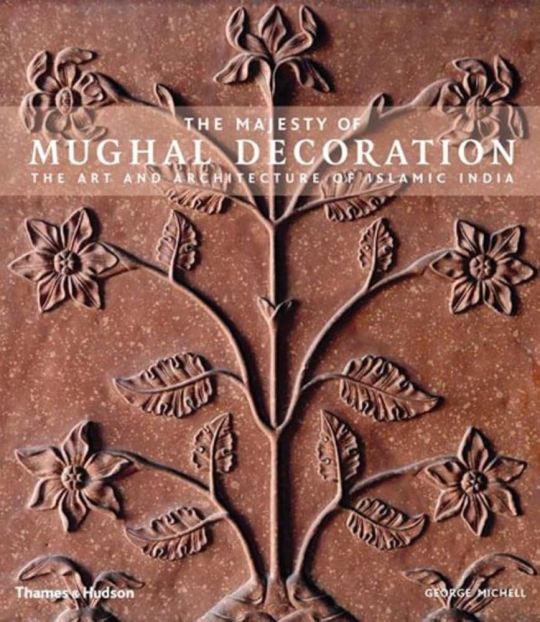

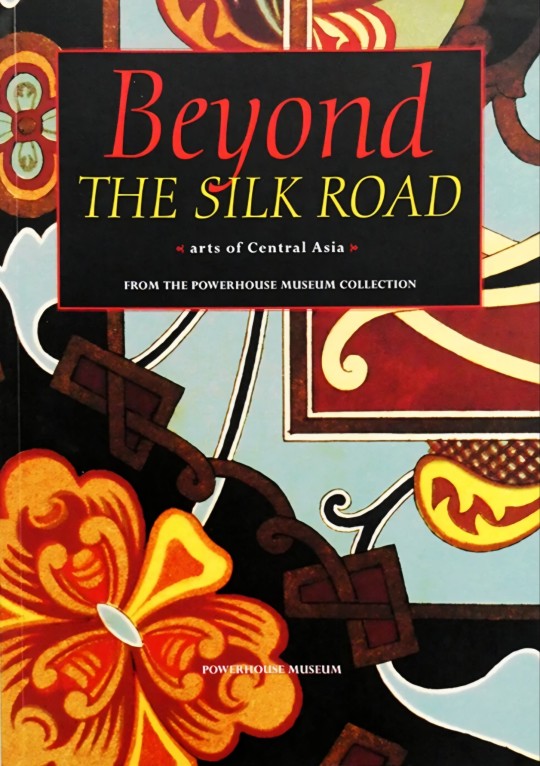
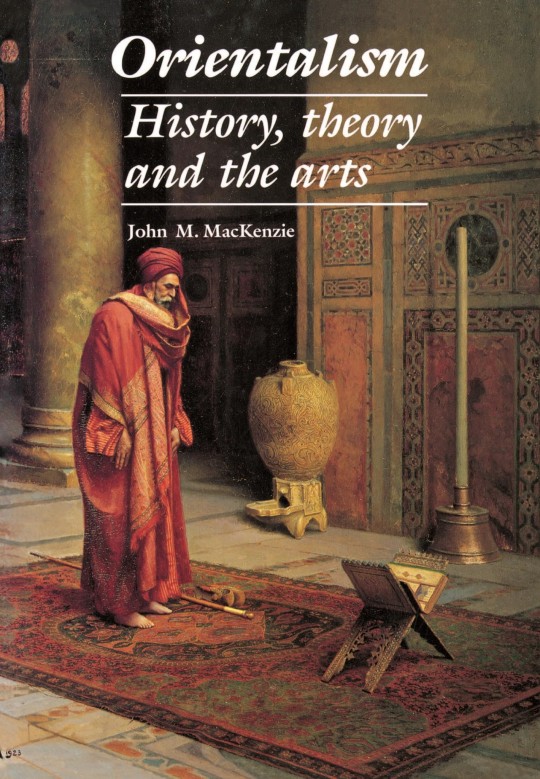
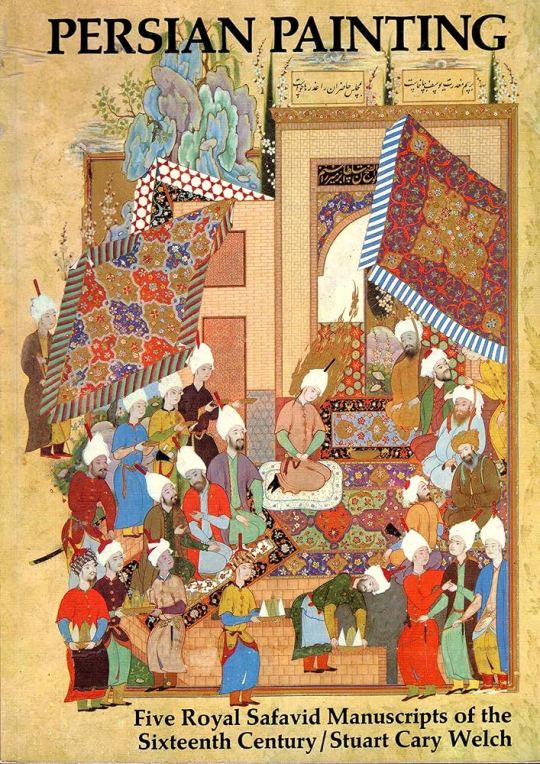
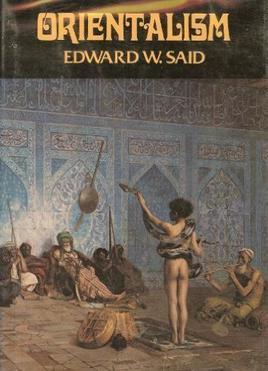
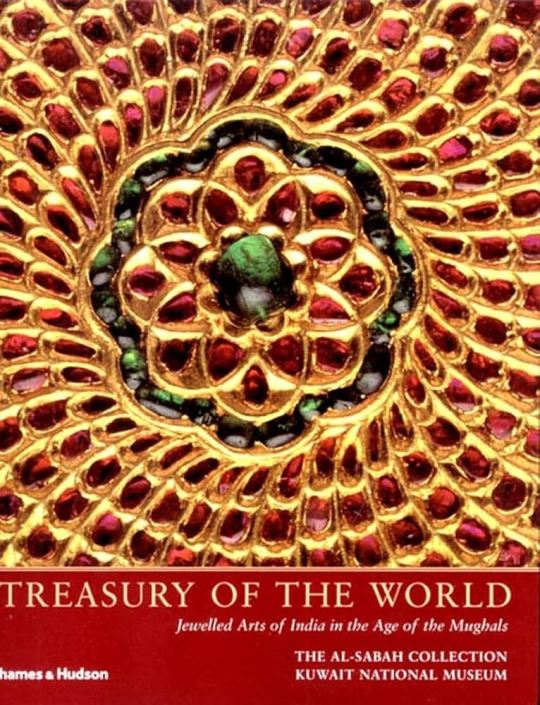
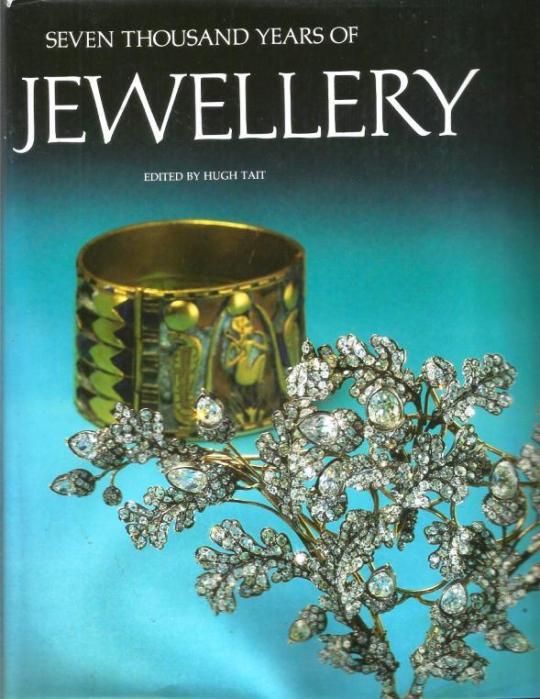
Here are some books to get you started. They should all be available online to read—if not, please let me know and I’ll sort something out. If you are serious about starting with art history, I would recommend learning a little theory of art criticism and aesthetic philosophy first; not an overwhelming amount (unless, of course, it especially interests you), but enough to feel confident with assessing artworks and to know how and where to start. If you’re particularly interested in Asian art, then the classic works on Orientalism are also practically required reading, and provide a very important contextual background for how and why we study Asian art history the way we do in the West today. You didn’t mention South Asian art, but if you are interested in Persian and Central Asian art history, then the Mughals are also absolutely crucial context, and provide some of the most beautiful examples of Persianate art, and particularly decorative arts, that we have available to us.
More generally, if you’re interested in jewellery history, I would recommend looking at the publications under the Society of Jewellery Historians (if there is a particular issue of their magazine you’re interested in, please let me know and I can send you a PDF), and, of course, Seven Thousand Years of Jewellery History, which is still the main landmark work in the field. Craft and the decorative arts are still very much considered secondary to the fine arts by many critics and curators—this is a topic of great debate in the world of aesthetic philosophy—and so you’ll struggle to find as wide a range of high-quality academic resources specifically on Central and East Asian jewellery as you will on, say, painting. For modern, intelligent jewellery writing, I can highly recommend Katerina Perez’s blog. Whilst not strictly jewellery history, her articles deal with haute joaillerie that quite naturally pulls on the thousands of years of heritage and tradition behind its design.
If you would like more specific recommendations, or are stuck at any point, please do write to me again, or even send me a private message. This is pretty much my academic and professional specialism, and I’m always extremely happy to have an excuse to talk about it 💕
1 note
·
View note
Note
Do you read hard copy books or online? Any websites you use for free e-books?
I prefer hard-copy books, because I grow easily distracted with screens, and they give me a headache, but I prefer spending no money even more, so I do often download books from the internet, if I can’t find them in the library. Anna’s Archive usually has almost everything, but for educational resources, especially those that have accompanying audio or workbooks etc., have a look at the sites I’ve recommended here.
0 notes
Note
Do you know anyone who wears abayas? Or Mukhawars? Recommendations?



Azzalia • Biyan • Esme Vie



Bthaina • Bambah • Savanna
A lot of Western brands are also starting to make abayas and mukhawars, too (it’s not just Pucci anymore), though they often brand them under ‘kaftans’, ‘kimonos’, or ‘gowns’. I’ve seen pieces and known friends buy from Oscar de la Renta, La Double J, Etro, Gabriela Hearst, Carolina Herrera, Agua Bendita, and more. More and more luxury brands are starting to make modest lines, and often specifically for their Khaleeji clients’ standards of modesty. Most of the brands from which I buy my dresses for Mass and meeting with the in-laws also offer mukhawar-type dresses, and I love that there is a growing number of such beautiful options available.
1 note
·
View note
Note
What books have you read or are you planning to read in preparation for your wedding?
I started my reading list pretty much immediately after our engagement, and asked everyone I knew for a recommendation. The resulting list was incredibly interesting, challenging, and oftentimes very contradictory, and I’ve loved every minute of wrestling with my little makeshift curriculum alongside our proper precana. I have pages and pages of notes, and each and every book on this list has offered at least one thought I’ve loved and one I’ve hated, though, of course, that ratio has varied wildly throughout.
Religious Perspectives
By Love Refined — A. von Hildebrand
Marriage: The Mystery of Faithful Love — D. von Hildebrand
Homilies on Marriage and Family Life — St. John Chrysostom
Essays on Woman — E. Stein
The Cost of Discipleship — D. Bonhoeffer
Let Me Be a Woman — E. Elliot
Sacred Marriage — G. Thomas
Loving Him Well — G. Thomas
Three to Get Married — F. J. Sheen
The Four Loves — C. S. Lewis
Just Married — G.K. & L. Popcak
Love and Responsibility — K.J. Wojtyła
Brave New Family — G.K. Chesterton
30 Days With Married Saints — K. & C. Lassnoski
Philosophical Perspectives
The Art of Loving — E. Fromm
Marriage and Morals — B. Russell
A Woman Looking at Men Looking at Women: Essays on Art, Sex, and the Mind — S. Hustvedt
Essays in Love — A. de Botton
Works of Love — S. Kierkegaard
How to Talk about Love: An Ancient Guide for Modern Lovers — A. D’Angour
Love and Friendship — J. Maritain
Of Woman Born — A. Rich
I and Thou — M. Buber
The Ethics of Ambiguity — S. de Beauvoir
Love’s Knowledge — M. Nussbaum
The Gift — L. Hyde
The Life of the Mind — H. Arendt
Time and the Soul — J. Needleman
Love in the Western World — D. de Rougemont
Letters & Memoirs
Committed — E. Gilbert
A Severe Mercy — S. Vanauken
Under Storm’s Wing — H. Thomas
A Call To A Deeper Love — Z. & L. Martin
Letters to Véra — V. Nabokov
The Letters of Caryll Houselander — C. Houselander
The World as I Found It — B. Duffy
The Argonauts — M. Nelson
All the Lives We Ever Lived: Seeking Solace in Virginia Woolf — K. Smyth
Counting My Chickens ... and Other Home Thoughts — D. Cavendish
La Baronne rentre à cinq heure — N. de Rothschild
A Lifelong Passion: The Letters of Nicholas and Alexandra — A. & N. Romanov
A Grief Observed — C. S. Lewis
Fiction & Poetry
The Home-Maker — D. C. Fisher
Persuasion — J. Austen
The Country of Marriage — W. Berry
Radetzky March — J. Roth
The Jeweller’s Shop — K. J. Wojtyła
Family Happiness — L. Tolstoy
Agnes Grey — A. Brontë
Till We Have Faces — C. S. Lewis
Mr. Blue — M. Connolly
An Altogether Different Language — A. Porter
The Beauty of the Husband — A. Carson
Contemporary Self-Help & Psychology
The New Rules of Marriage: What You Need to Know to Make Love Work — T. Real
Mating In Captivity: Unlocking Erotic Intelligence — E. Perel
The State of Affairs: Rethinking Infidelity — E. Perel
Come As You Are — E. Nagoski
Saving Your Marriage Before It Starts — L. & L. Parrott
No More Perfect Marriages — M. & J. Savage
Boundaries In Marriage — H. Cloud & J. Townsend
What Makes Love Last? — J. Gottman & N. Silver
Unfinished Business: Women Men Work Family — A-M. Slaughter
She Comes First — I. Kerner
He Comes Next — I. Kerner
Homemaking
How to Keep Him (After You’ve Caught Him) Cookbook — J. Kragen & J. Perry
Keeping House: The Litany of Everyday Life — M.K. Peterson
The Art of the Table — S. von Drachenfels
The Love of Impermanent Things — M. R. O’Reilley
The Poetics of Space — G. Bachelard
The Making of Home — J. Flanders
Twelve Months of Monastery Soups — V-A. d’Avila-Latourrette
Simple Abundance: A Daybook of Comfort and Joy — S. B. Breathnach
The Twelve Teas of Inspiration — E. Barnes
Pilgrim at Tinker Creek — A. Dillard
Green Thoughts: A Writer in the Garden — E. Perenyi
The Sylvester Domostroy — V. V. Kolesov & V. V. Rozhdestvenskaya
7 notes
·
View notes
Note
In your closet, do you have a favourite article of clothing, or is this question the equivalent of asking who is your favourite child?
This is a very difficult question 😂 I talk sometimes about my favourite skirt or favourite boots or whatever, but honestly, I think that it really is too hard to choose! My favourite clothes are those that mean something to me, and they’re usually homemade, or passed down, or designed just for me. I feel happiest when I’m wearing a story.
0 notes
Note
Do you know much about prepping? I wouldn’t call myself a conspiracy theorist, but I think there’s no harm in having an emergency 'go bag' just in case. If you already have one, could you share what you keep in yours? Or if you were making one, what essentials would you include - like which bag you’d choose, a satellite phone, or freeze dried food? Btw, I'd recommend checking out @davidsjeong on tiktok - he makes freeze dried Korean meals for his hiking trips!
Honestly, I avoid this sort of thing; not because I think it’s bad, exactly, but because I find that it isn’t good for me, personally, to be thinking about prepping for hypothetical emergencies or escapes. I try to take each day as it comes, and remind myself that I’m safe and secure in my life and location. I’m sorry I can’t be more helpful, and thank you so much for the recommendation! I love hiking, and I’ll definitely try out some freeze-dried carrots on my next big walk 💕
0 notes
Note
Favorite hair refresher sprays? I hate traditional dry shampoo and think it clogs the scalp and smells weird/leaves a white or brown cast depending on the shade used.
Thank you for all your lovely advice!
I loved the Oribe ‘Côte d’Azur’ Hair Refresher, but it’s been discontinued. I can recommend the ‘Rehab Mist’ from Phyto Paris, for a light but effective refresh, and also the hair deodoriser from the Ghanaian brand Jeba Naturals for something a little more heavy-duty—it’s designed for refreshing long-term protective styles in afro-type hair, so it may not work so well on Eurasian hair types, but I personally find that it isn’t at all oily, and works very well if I’m not able to immediately wash my hair after a workout or a very hot day.
2 notes
·
View notes
Note
You wrote about the "usual medieval mystics" and I'm intrigued. I recently read the book of Margery Kempe and I'd love to know what else there is!!!
If you liked Margery Kempe, then perhaps take a look at Julian of Norwich, Mechthild of Magdeburg, Hadewijch of Brabant, Hildegard of Bingen, Magdalena Beutler, Marguerite Porete, Bridget of Sweden, Angela of Foligno, Agnes Blannbekin, Catherine of Siena, Gertrude of Helfta, and Elisabeth of Schönau. Teresa of Ávila also follows on directly from their foundations, though she’s early modern, and other notable later similar writers would be Camilla Battista da Varano and María de Ágreda. There are also the anonymously-penned works attributed to the Katherine Group, the Wooing Group, and the Ancrene Wisse—all of which are written in the same variety of Middle English, and were almost certainly authored by High Mediaeval anchoresses in the West Midlands.
Other non-mystic mediaeval female writers, whom I love and you might enjoy, would be Hrotsvitha of Gandersheim, Herrad of Landsberg, Anna Komnene, Dhuoda, and Christine de Pizan. These women didn’t write strictly about mystical visions, but they offer their own fascinating spiritual, intellectual, or cultural insight into the mediaeval world from a woman’s point of view.
3 notes
·
View notes
Note
Are there any English-language poets you like? You often recommend foreign literature
Yes, of course. I love English-language poetry; I think that English is one of the best possible languages in which to write poetry, and a lot of the anthologies on my bookshelf are written by Anglophone poets. Here are just a few I like especially, though I’ve almost definitely forgotten some, and I’m always glad for more recommendations.
Emily Dickinson, Christina Rossetti, Gerard Manley Hopkins, Kathleen Raine, R.S. Thomas, Geoffrey Hill, Denise Levertov, T.S. Eliot, Henry Vaughan, Elizabeth Jennings, Léonie Adams, Anne Ridler, W.H. Auden, Seamus Heaney, Rowan Williams, Sarah Klassen, Mary Szybist, Christian Wiman, Fiona Benson, George Herbert.
1 note
·
View note
Note
To you, why is Polish literature one of the greatest underrated gems of Europe? What has convinced you?
It is underrated because it is good, and yet very much unheard-of and untranslated outside of its homeland, especially in comparison to great literary giants in French and Russian and German literature. It stands apart because it speaks from the edge, so to speak: the edge of empires, wars, languages, faiths. Yet, despite this, it never gives in wholly to despair, or spectacle. Polish literature, I find, is often very dignified, and it has a moral gravity to it, but also a strange sort of tenderness, and even humour, in the face of ruin. Hungarian literature is also quite similar in this regard, I think. Polish writers tend to witness more than they posture; they reflect a great deal, but not to the infinite ends of Russian writers, and whilst you can almost always trace the threads of their faith within their words, it’s a bruised, uncertain, mystical sort of faith. Even superficially secular fiction treats questions of personhood and divinity much more seriously than much overtly religious writing ever dares. You get the sense that they wrote because they had to; not to impress, but to survive something, be it war, exile, doubt, God. The urgency and the sparseness, the economical approach to words and concepts, is why it stays with me, I think, and why I am very often reading Polish writers and recommending them to others, and this applies to other art forms like film, too. This isn’t to say, of course, that Poland’s artistic scene is wholly unique in this regard, but I do think that it’s underappreciated in comparison to others, and there’s an incredibly rich tradition there that I think more people should know.
2 notes
·
View notes
Note
Can you share some Polish writers you like?
Wisława Szymborska, Eliza Orzeszkowa, Zbigniew Herbert, Czesław Miłosz, Anna Świrszczyńska, Jerzy Liebert, Andrzej Stasiuk, Tadeusz Różewicz, Józef Wittlin, Bruno Schulz, Bolesław Leśmian, Anna Kamieńska, Gustaw Herling-Grudziński, Józef Czapski, Maria Janion, Jarosław Iwaszkiewicz, Janusz Korczak, some Olga Tokarczuk. I really do think that Polish literature is one of the greatest undiscovered gems of Europe, and there are so many authors for me still to read and love, but these are just a few that I’ve really enjoyed.
4 notes
·
View notes
Note
What books are you reading right now?
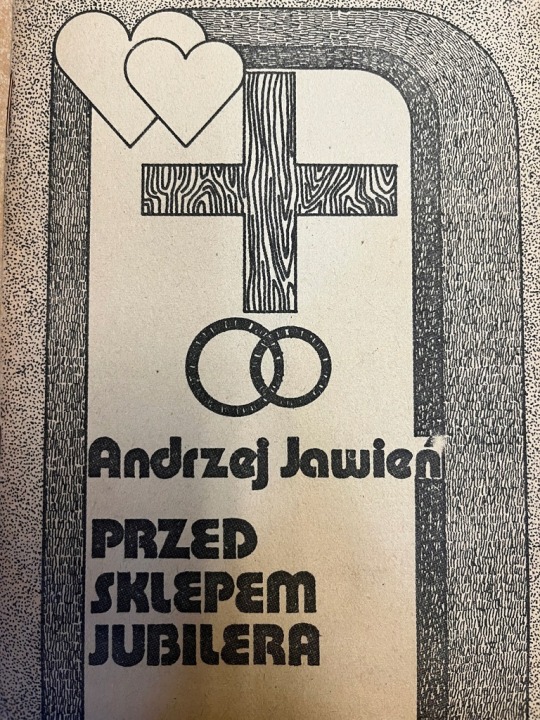
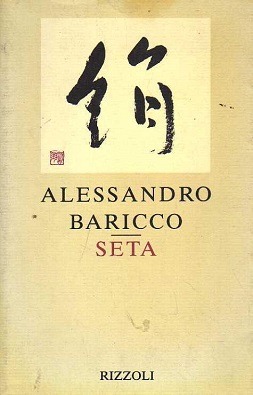
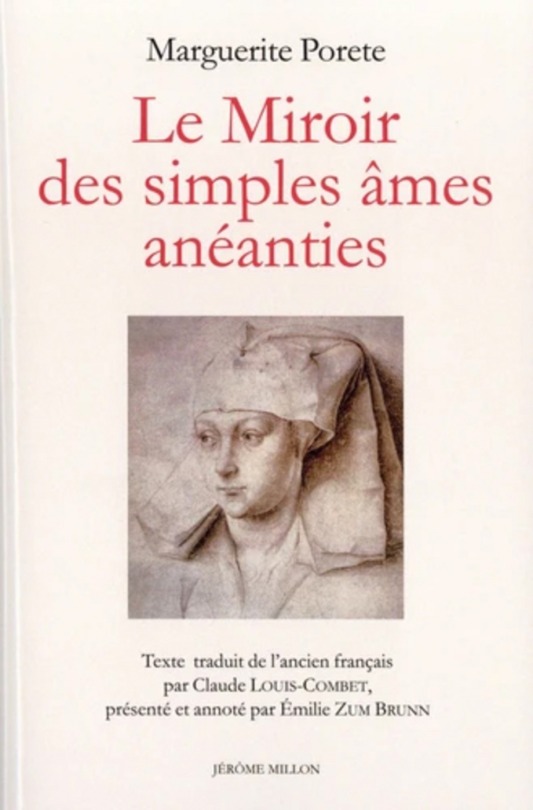
Przed Sklepem Jubilera (The Jeweller’s Shop) is a play written by Karol Wojtyła under a pseudonym, before he became Pope John Paul II. I’ve had an evergrowing list of books to read before my wedding, and this was towards the end of it. It’s a strange little play, about a jeweller who helps couples with their marriages, and I think it reads something like a rosary; it’s simple and repetitive, and circles around and around the mysteries of love and sacrifice. It’s very earnest, and to a modern reader, I think that might make it seem a little odd or dated or overly simplistic, but I think that adds to its strength, in a funny sort of way. I like how Wojtyła understands love not as emotion or possession, but as vocation, choice, and offering. It’s a very interesting and unique read, and I’ll be thinking about it for a long time.
Seta (Silk) is a book I picked up from a little used bookshop in Ravenna, and I finished reading it on the flight to Istanbul. It’s hard to describe, honestly. On the surface, it’s a novella about an illicit French silk merchant who travels to Japan in the 19th century, and his experiences there, but the narrative feels much looser than that; it’s almost gossamer, like silk threads themselves, and it’s oddly dreamlike and unreal, both erotic and monastic in its restraint. It’s the kind of book that leaves you shivering slightly when it ends, as if you’ve heard a story whispered too close to your skin. Nothing is really explained, but you feel as though you know everything, and the words leave a texture, I think, even long after you finish reading.
Le Mirouer des simples âmes anienties (The Mirror of Simple Souls) is a book that Theresa recommended to me after I finished with the usual mediaeval mystics, and I’m still reading it, and I think I’ll still be reading it for quite a while. I’ve never read anything quite like it. It’s not really a book, or something you read at all. You feel as though you’re being unmade from the inside out, which, I suppose, is the whole point, because the author, Marguerite Porete, writes about how the soul must be annihilated in order to achieve oneness with God via divine love. It’s a strange, frightening, very difficult sort of book, but also very beautiful, and fascinating to read. When I have finished it, I don’t think I’ll read it again for a long time, but I’ll keep it always.
6 notes
·
View notes
Note
Do you make bone broths? What're your favourite recipes to make it?
Answered here!
2 notes
·
View notes
Note
Can you talk about clubs like the ANF and VdDA? You mentioned an Austrian one once if I recall correctly.
There’s extremely little to say that can’t be found by looking at the Wikipedia page for nobility associations. These are hereditary societies that pretty much exclusively accept members from their respective countries’ nobility. They aren’t usually clubs in the ‘clubhouse’ sense, though this isn’t a hard rule, and there are also very often brick-and-mortar clubs that have a de facto similar demographic in their lists of members, whether or not they exclusively accept (or accepted in the past) noble candidates for membership. The Austrian club I mentioned was St Johanns, which fits mostly within the latter category.
These sorts of associations are pretty much exclusive to Europe, and mostly relevant in current republics, although monarchies also have them. They are essentially a way for old noble families to stay in touch, support one another, preserve archives, and continue their traditions in countries where they no longer hold the visible power they had in the past. Unless you are a member of a noble European family (in which case I should imagine you or your parents are already members of your country’s association), these societies are very much closed to you. That’s basically their whole point: they’re not clubs where you can attend events and mix with the upper classes—they’re closer to family foundations and associations than they are to the brick-and-mortar clubs I mentioned earlier, to be honest. If you are very intent on meeting (former) nobility, there are much easier and less awkward ways to do it, I can promise you, and if you’re interested in reading about nobility associations, there are usually a few investigative news articles and not a great deal else.
2 notes
·
View notes
Note
Do you have any subscriptions or memberships (to whatever it maybe be) that you feel comfortable recommending to us?🌷𖹭
I have a list of magazines here—I’m not subscribed to every single one, of course, but I can recommend each of them individually, and you couldn’t go wrong by subscribing to any one that piques your interest. I don’t really have any other ‘subscriptions’. I really dislike the current subscription-based commercial climate we have at the moment; I’m a ‘buy it and be done with it’ sort of girl!
As for memberships: I’m remaining an alumna member of several of my favourite student societies, and I’m still an active member of some sports clubs and multiple wine, textile, jewellery, history, etc. societies that I love and that host regular lectures and events for me to enjoy. I’m also a member of a few clubs and societies for alumni of my university, and a few for preserving museums and monuments that I care about. It’s really a mix, and it comes down to what you feel you could be genuinely passionate and involved with. I would always recommend joining clubs and societies that genuinely interest you, and that deal with niche topics that you love, or would love to learn more about.
I’m happy to talk a little bit more about the different types of clubs and societies you could join, and the sort of people you might meet, but it essentially just boils down to personal interest, goals, lifestyle, budget, and passions. I know some people that love being part of a livery guild, or the Freemasons, or MENSA, or a club like Soho House, and whilst I personally couldn’t see myself being part of any of these, they love the community and the events and perks offered, and that’s wonderful for them. Memberships can be costly, and so it’s always going to be best to put your money where it will best help you to enjoy yourself, learn something new, meet like-minded people, and help you on your way to wherever you want to go.
2 notes
·
View notes
Note
Hi Kitty. Do you have any resources to give a full body massage to someone ? Have a nice day.
youtube
This video is intended for massaging men, but I think it works well (adjusted for intensity) for everyone. It depends completely on what sort of massage you want, whether there’s a particular philosophy or school you are interested in, etc., but I think this is a great place to start. Even if you don’t speak Russian, watching the video is very self-explanatory.
4 notes
·
View notes